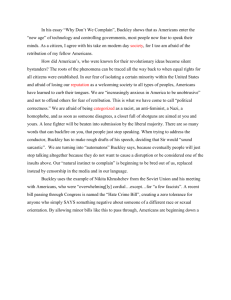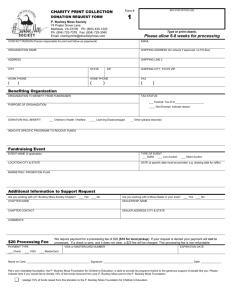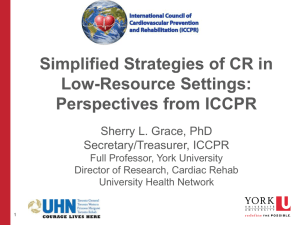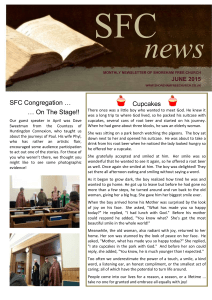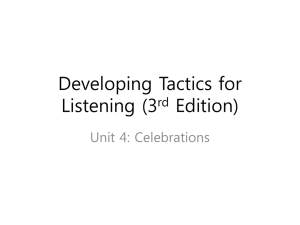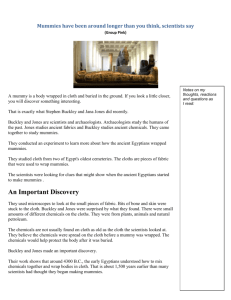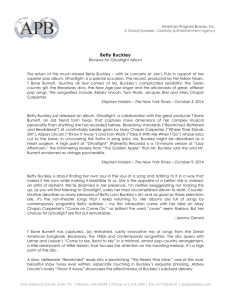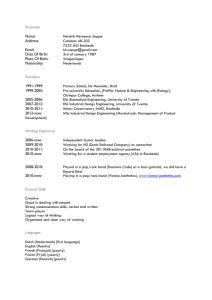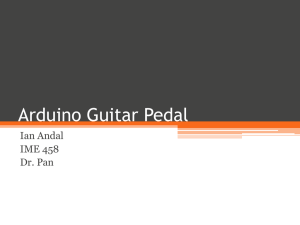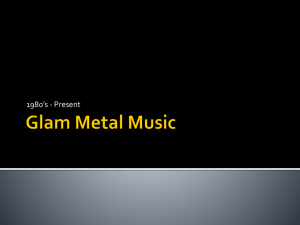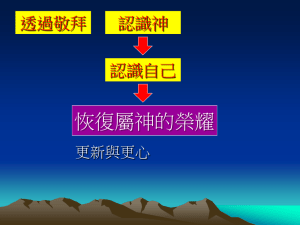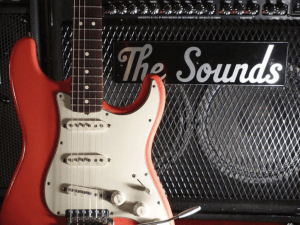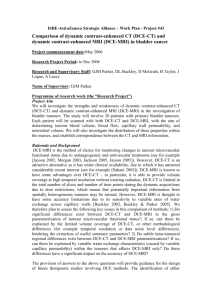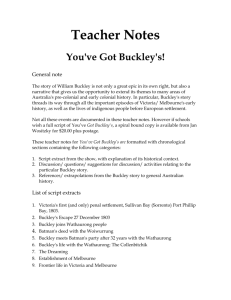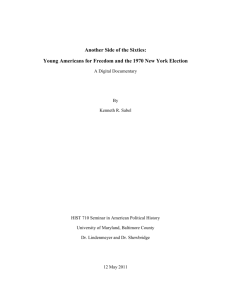Jeff Buckley: `Grace`
advertisement
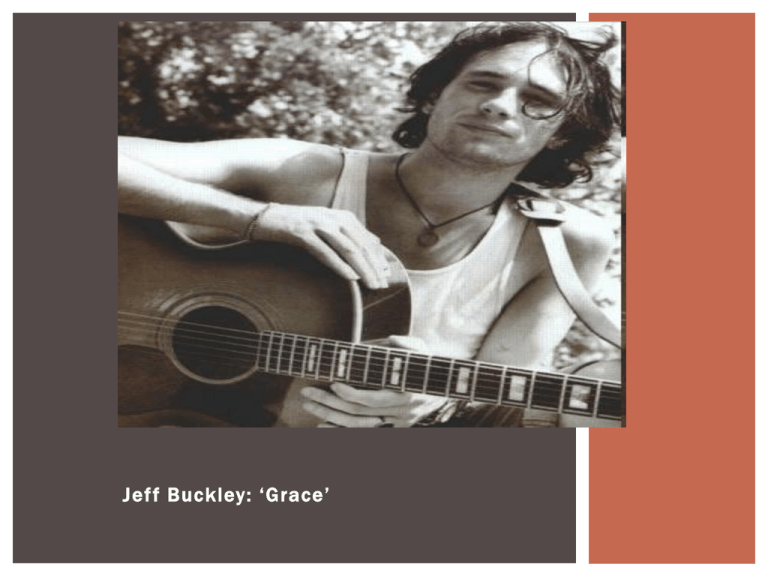
Jef f Buckley: ‘Grace’ LEARNING OUTCOMES What? How? Why? • Understand the main musical features of ‘Grace’. • Know some guitar techniques and FX. • Know some biography re. Jeff Buckley and context. • Through listening with scores, reading information and through trying to play the main chords used in the song on guitar. • Through a worksheets. • Through answering questions. • In order to succeed in the exam. • In order to understand guitar-playing better. • In order to understand how pop songs work. BIOGRAPHY Born 1966 in CALIFORNIA - both parents were musical. His father TIM BUCKLEY was known as a cult singer songwriter but died early of a drugs overdose. JEFF only met his FATHER briefly and resented being compared to him, though he did resemble him both physically and musically! His big break came when he sang at his dad’s tribute concert in 1991 . He had an amazing range as a singer and often sang in FALSETTO. He was influenced by all sorts of music: CLASSICAL, FOLK, HARD ROCK, INDIAN, etc. He found fame and the pressure of the music industry difficult to cope with. His personality could change dramatically, as could his moods. ‘GRACE’ - the album (1994) • Not an immediate hit - contains a variety of tracks including a version of a classical piece by BENJAMIN BRITTEN. • Became a hit gradually. • Jeff did not work quickly and really took his time perfecting tracks. • Style: Alternative Rock. He drowned in a river in Memphis (NOT through drugs or alcohol) – he simply swam at night in a dangerous part SO WHY IS HE IMPORTANT? More complex than average rock performer. Very talented guitarist and singer. He was influenced by wide range of musical styles. Only completed one album GRACE but this is recognised as a great piece of popular music. INSTRUMENTATION Drum kit Bass guitar Guitar Acoustic guitar Vocals (including b-vox) Strings (minimal contribution) ‘GRACE’ – THE SONG ‘Grace’ is a rock ballad. Ballads are slow love songs. The lyrics are unusual. Read them! They almost anticipate Buckley’s own death. ST YLE & PRODUCTION Buckley’s style is said to be ‘ECLECTIC’ - this means it covers a wide range of styles. Remember his background and his father’s influence. Unique vocal style –FALSETTO, howling and gentle melody. Production is very important in popular music and Jef f Buckley wanted to recruit a special kind of producer for the album ‘Grace’. Andy Wallace was the producer. He mixed/produced ‘Nevermind’ by Nirvana. He took Jef f Buckley’s qualities and magnified them through his talented use of production techniques. He & Jef f Buckley added vocal and guitar OVERDUBS afterwards. Buckley was a perfectionist and it took many takes to capture the sound he wanted (unlike Miles Davis!!!). GUITAR TECHNIQUES & FX Pull offs Whispers Slides Strumming Power chords Flanger Delay Reverb EQ telephone effect (EQ = equalisation is where a producer can cut/boost treble, middle and bass frequencies) STRUCTURE 4 large sections: 1) Intro-Verse 1-Pre-chorus-Chorus 2) Link-Verse 2-Pre-chorus-Chorus 3) Middle 8 4) Link-Verse 3-Outro/Coda The link is the same as the intro and has 2 distinct parts (A & B). The middle 8 also has two sections (A & B). HARMONY & TONALIT Y Power chords (common guitar technique consisting of root note and 5 th played together with no 3 rd /middle note). The VERSE & CHORUS consist of 3 chords that are basically the same shape moved up the fret board (Em/F, Em and Em/Eb). Chromatic harmony is used in the verse, as some chords contain notes that are outside the key of E minor. Drop-D tuning is used. Tonality is basically mostly based around E. Intro = part A is unclear, part B is D major; Verse = E modal; Pre-chorus = E minor; Chorus = E modal. The E dorian mode is used. METRE & TEMPO 12/8 time signature (metre). 64 dotted crotchet beats per minute (bpm). MELODY Notice that there are several examples of melisma in the vocal melody (several notes per syllable). The chorus is built on a descending , repetitive motif followed by a melisma (‘wait in the fire’). Buckley also introduces vocalisations in dif ferent places. Can you identify an example in the score/recording? There are several examples of word painting in this song. This is when the music mirrors what is in the lyrics at the time. Where are they (‘my fading voice’; ‘love’; ‘clicking of time’)?
